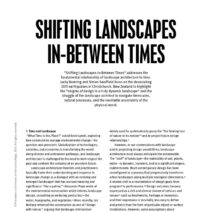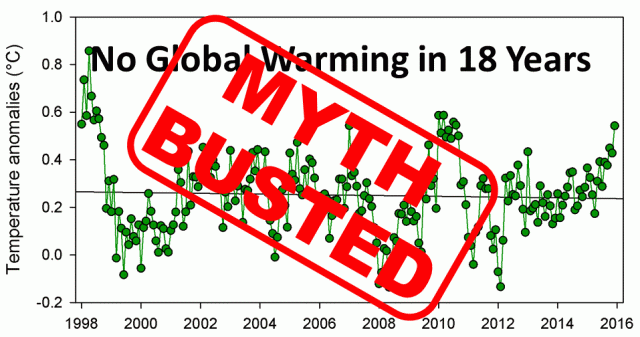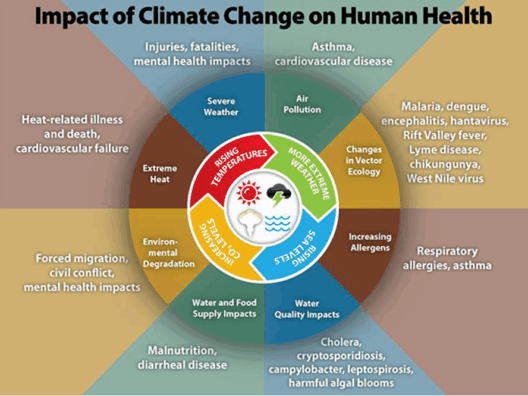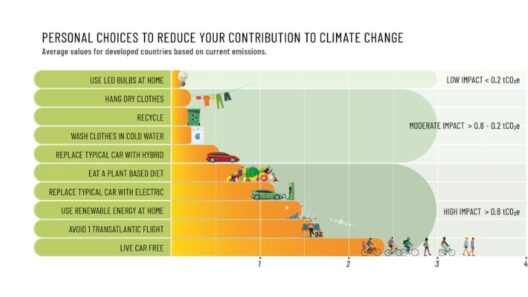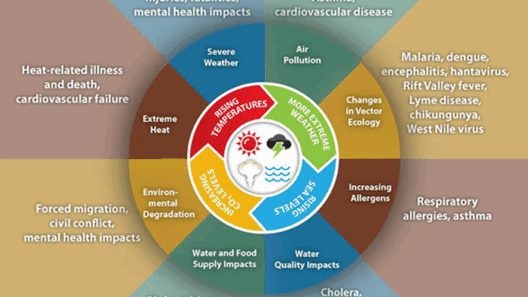The concept of a global warming “hiatus” has garnered considerable attention and has often been misconstrued in public discourse. The notion suggests that there has been a significant pause in the warming trend that has dominated Earth’s climate for the past several decades. This assertion has not only sparked debate among scientists but has also captured the imagination of the public, leading to a plethora of misunderstandings and misinterpretations regarding climate change. Herein lies a systematic examination of the so-called hiatus: its origins, the science behind climate trends, and the eventual dispelling of myths surrounding this topic.
To begin, it is paramount to delineate what is meant by the term “hiatus.” The phrase typically refers to a period, primarily noted between approximately 1998 and 2012, during which the rise in surface temperatures appeared to stagnate despite ongoing greenhouse gas emissions. This observation led to an increase in skepticism surrounding the efficacy of climate models and the veracity of climate change itself. The fascination surrounding this notion stems from a fundamental desire to comprehend the intricacies of climate dynamics, particularly in an era where climate change has become a prominent global concern.
Nonetheless, the assertion that a hiatus exists is predicated on a selective reading of temperature data. Take into account that while surface temperatures in specific years exhibited minimal increases, other data sets tell a contrasting tale. Lower atmosphere temperature readings, particularly those from satellite observations and oceanic data, indicate that warming has continued unabated. The Earth’s average temperature is also influenced by a myriad of factors, including oceanic cycles like El Niño and La Niña. These natural climate variations can lead to fluctuations that misrepresent long-term warming trends if viewed in isolation.
A critical factor in understanding this phenomenon lies in the concept of time scales. Climate change should be appreciated through the lens of long-term trends rather than isolated short-term observations. The purported hiatus, characterized by surface temperature stagnation, can thus be understood as a transient fluctuation within the overarching context of a warming planet. To illustrate this point further, consider the cumulative data indicating a steady rise in global mean surface temperatures over the past century. Longitudinal data reveal that the average temperature increase since the late 19th century exceeds 1 degree Celsius, and projections suggest continued warming into the future.
Moreover, recent analyses synthesizing ocean temperature records, which often serve as a more stable indicator of climate warming, reveal that the oceans have absorbed much of the excess heat generated by greenhouse gas emissions. This process has somewhat mitigated surface temperature increases, yet it does not imply that warming has ceased; rather, it showcases a redistribution of heat within the Earth’s climatic systems. In fact, the increased oceanic temperatures have profound implications, contributing to phenomena such as sea level rise and altered weather patterns, which underscore the reality and urgency of climate change.
Another pivotal consideration in the discussion on this hiatus is the role of scientific communication. The term “hiatus” itself has been weaponized by climate change deniers, creating the false narrative that climate science is in disarray or that consensus among scientists is elusive. The dichotomy between popular misconceptions and scientific consensus is stark. The overwhelming majority of climate scientists agree that human activities, primarily the combustion of fossil fuels, are the primary drivers of contemporary climate change. Thus, misconstruing temporary fluctuations as a hiatus undermines the comprehensive understanding of climate science.
Furthermore, as scientific methodologies advance, so too does the understanding of climate variability and climate change. Improved models, which increasingly account for natural variability, have produced more nuanced projections that extend beyond the oversimplified narratives of stagnation. These models reveal that while a temporary pause in warming may have been observed in surface temperature records, the overall trajectory remains steadfast: with continuing emissions, temperature rises persist. In essence, the hiatus rhetoric fails to encapsulate the multi-faceted reality of climate dynamics.
In conclusion, the concept of a global warming hiatus can be aptly characterized as a misinterpretation stemming from selective data observation, transient fluctuations in climate variables, and miscommunication of scientific findings. The climatic narrative is infinitely more complex, characterized by a myriad of interacting systems and long-term trends that defy simplistic summaries. A profound recognition of the nuances inherent in climate science is crucial, as it fosters informed discourse, drives collective action towards sustainability, and galvanizes efforts to combat the existential threat posed by climate change. Advocacy for empirical understanding rather than mythologized hiatus theories will prove pivotal in forging resilient strategies for a sustainable future.
